There is no Shiva without Shakti, Shiva(matter) without Shakti(energy) is Shav(corpse).
Have you ever felt the powerful balance between opposites, the perfect union of energies? That’s exactly what Mahashivratri celebrates—the union of Shiva and Shakti, the balance of masculine and feminine energies in the universe.
In Tantric cosmology, the whole universe is thought to be created and sustained by two fundamental forces, which are permanently in a perfect, indestructible union. These forces or universal aspects are called Shiva and Shakti.
In Tantric literature and texts like the Kularnava Tantra and Vigyana Bhairava Tantra, it is mentioned that –
“Shiva is Shakti, and Shakti is Shiva. Without Shakti, Shiva is inert, like a corpse.” – Kularnava Tantra
It is said that only when united with Shakti(Shridevi), Lord Shiva can create the Universe.
Hence, Mahashivratri isn’t just a religious festival; it’s a night when cosmic forces align to honor the sacred balance of masculine and feminine energies.
Why Mahashivratri is the Ideal Night for Shiva-Shakti Convergence
Mahashivratri isn’t just any night. It’s a time when the planetary positions create a perfect spiritual environment.
Devotees believe that on this night, the energies of Shiva and Shakti are most powerful, making it an ideal time for meditation, mantra chanting, and connecting with the divine.
- Fasting: Observing a fast on Mahashivratri symbolizes detachment from the physical world, aligning oneself with the pure energies of Shiva and Shakti.
- Chanting Mantras: Reciting powerful Shiva mantras like “Om Namah Shivaye” helps channel cosmic vibrations and deepens the connection to Shiva’s energy.
- Meditation: This night enhances meditation, making it a powerful tool for those seeking spiritual awakening and a closer connection to Shiva and Shakti.
The Divine Dance of Shiva and Shakti
Let me take you through the meaning of the cosmic dance of Shiva and Shakti.
Think of Shiva, the ultimate yogi, sitting in deep meditation. His stillness represents pure consciousness, the unchanging reality. Then, there’s Shakti, the dynamic, creative force of the universe. Together, they form the heartbeat of the cosmos—the very rhythm of life.
On Mahashivratri, this dance of opposites reaches its peak. It’s the night when Shiva and Shakti merge, symbolizing the unity of Purusha (consciousness) and Prakriti (nature).
It’s like the universe pauses to witness this sacred union, a true convergence of divine energies.
Shaktism on Shiva and Shakti
Shaktism’s focus on the Divine Feminine does not imply a rejection of the Masculine. However, both are deemed to be inactive in the absence of Shakti. As set out in the first line of Adi Shankara’s renowned Shakta hymn, Saundaryalahari: “If Shiva is united with Shakti, he is able to create. If he is not, he is incapable even of stirring”.
This is the fundamental principle of Shaktism, as emphasized in the widely known image of the goddess Kali treading atop the seemingly lifeless body of Shiva.
Broadly speaking, Shakti is considered to be the cosmos itself – she is the energy and dynamism, and the force behind all action and existence in the material universe. Shiva is her transcendent masculine aspect, providing the ground of all being.
“There is no Shiva without Shakti, or Shakti without Shiva. The two in themselves are One.”
The Symbolism of the Lingam and Yoni:
The Lingam (Shiva) and Yoni (Shakti) are often depicted together, symbolizing the cosmic union of the male and female principles.

(Image of Shivling in Devdutt Pattnaik’s book)
The lingam represents Shiva’s formlessness because, to Him, there’s no beginning and no end. Shiva is Anadi and Anant, while the yoni represents Shakti’s dynamic, creative energy. The union of these two creates life itself.
It is said that the Shiva Lingam alone is formless and represents the infinite void, but when Shakti (in the form of the Yoni) is invoked, creation begins. This simple yet deep connection is a reflection of the interdependence of consciousness and energy, where the stillness of Shiva cannot create the universe without the movement and energy of Shakti.
The Sacred Symbolism of Shiva and Shakti
What makes Shiva and Shakti so powerful is how they complement each other. Shiva represents stillness, the eternal, unchanging reality, while Shakti embodies movement, the life force that drives creation.
“Wherever there is consciousness (Shiva), there is Shakti; and wherever there is Shakti, there is the potential for consciousness. The two are inseparable, like the fire and its heat.” – Vigyana Bhairava Tantra
- Shiva as the Static Force: Picture the stillness of a mountain—unmoving, eternal. That’s Shiva, the unshakable foundation.
- Shakti as the Dynamic Energy: Now, think of a river—flowing, vibrant, and full of life. That’s Shakti, the force that brings change and growth.
This balance is what Mahashivratri celebrates, guiding devotees on a path to harmony and spiritual liberation.
Rituals That Honor Shiva and Shakti on Mahashivratri
On Mahashivratri, rituals are performed that symbolize the union of Shiva and Shakti:
Here are the key rituals:
1. Abhishek (Ritual Bathing of Shiva Lingam)
Offer sacred substances like milk, honey, and water to the Shiva Lingam. This represents the flow of divine energy (Shakti) over Shiva’s still consciousness, symbolizing their inseparable unity.
2. Chanting Mantras (Japa)
Chant the powerful mantras:
- Om Namah Shivaye(Panchakshari Mantra)
- Maha Mrityunjaya Mantra: Offers protection and healing.
“ओम त्रयम्बकं यजामहे सुगंधिम् पुष्टिवर्धनम् उर्वारुकमिव बंधनान मृत्योर् मुक्षीय मामृतात् |”
“Om Tryambakam Yajamahe Sugandhim Pushtivardhanam Urvarukamiva Bandhanan Mrityor Mukshiya Maamritat”
- Shiva Gayatri Mantra: bring spiritual enlightenment and divine blessings
“ॐ तत्पुरुषाय विद्महे महादेवाय धीमहि
तन्नो रुद्रः प्रचोदयात्”
“Om Tatpurushaya Vidmahe Mahadevaya Dhimahi
Tanno Rudrah Prachodayat”
3. Meditation and Silence (Dhyana & Mauna)
Spend the night in meditation, focusing on the third eye (Ajna Chakra). Maintain silence (Mauna) to deepen your connection with Shiva and Shakti within.
4. Night Vigil (Jagran)
Stay awake the whole night, symbolizing the overcoming of ignorance. Devote yourself to chanting, singing bhajans, and prayers to keep the mind focused on the divine.
5. Offerings of Bilva Leaves and White Flowers
Offer Bilva leaves, sacred to Shiva, and white flowers like jasmine, symbolizing purity and divine grace, honoring both Shiva and Shakti.
6. Fasting (Vrat)
Many observe a fast on this night, either abstaining from food or consuming fruits and milk, to purify the body and focus solely on spiritual practices.
7. Lighting Lamps (Deepa Puja)
Light oil lamps to dispel the darkness of ignorance, invoking the inner light of consciousness (Shiva) and external divine energy (Shakti).
8. Sankalp
Set a sacred intention for personal growth or spiritual awakening. Align your desires with the divine energies of Shiva and Shakti for transformation.
Shakti’s Role in Human Spirituality:
In Tantric practice, the recognition of Shakti within oneself is essential for spiritual awakening. The human being is seen as a microcosm of the universe, and by awakening Shakti through specific practices (like Kundalini yoga, mantra, and rituals), one can experience the union of Shiva and Shakti within.
The Kundalini, a coiled form of Shakti located at the base of the spine, is believed to rise through the chakras (energy centers) to reach the crown of the head, where it unites with Shiva, symbolizing the awakening of divine consciousness.
This is the ultimate goal of Tantric spirituality—to achieve self-realization and experience the oneness of Shiva and Shakti in their most profound and intimate form.
In Tantric and Shaiva thought, this union is not just philosophical but also experiential. The practice of Tantra involves invoking both Shiva and Shakti in various rituals, meditations, and techniques, aiming to experience their union within oneself.
The Tantric & Spiritual Significance of Mahashivratri:
In Tantric philosophy, Mahashivratri is understood as a time for awakening Kundalini energy, which resides dormant at the base of the spine.
Here, the devotee participates in an internal churning—like the churning of the ocean of consciousness—where both Shiva (consciousness) and Shakti (energy) are invoked within to bring about spiritual evolution.
On Mahashivratri night, Kundalini Shakti is said to awaken and rise through the chakras, meeting the Shiva consciousness at the Ajna chakra (third eye), leading to self-realization and unity with the divine.
This is the perfect moment to meditate on the divine union and to realize the inseparability of Shiva and Shakti within oneself.
The key rituals during Mahashivratri—chanting mantras, performing abhishek (ritual bathing of the Shiva lingam), observing fasting, and staying awake—are all designed to invoke and harmonize the Shakti energy that awakens within the individual.
By staying awake through the night, a devotee symbolically resists the sleep of ignorance and enters a state of awareness. This state of alertness is where the energies of Shiva (pure consciousness) and Shakti (the dynamic energy) can merge within the practitioner, leading to higher states of consciousness and spiritual awakening.







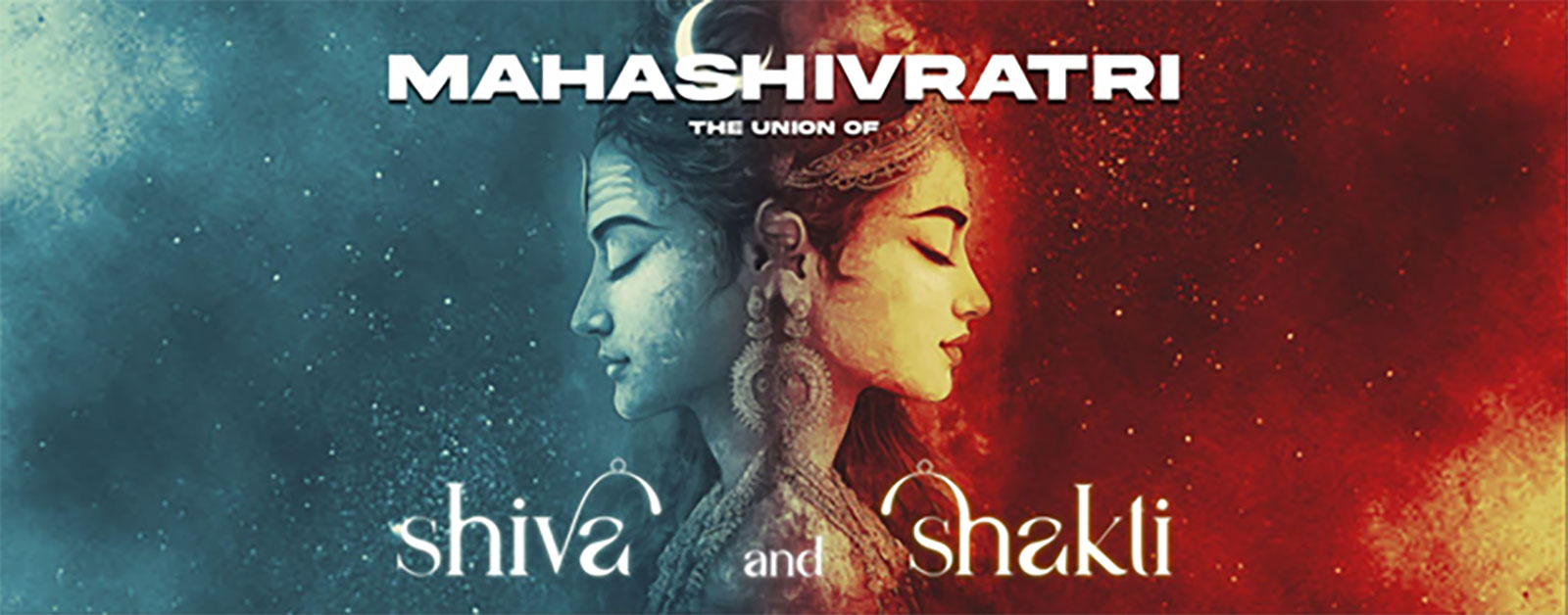

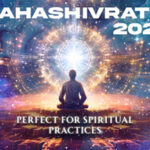
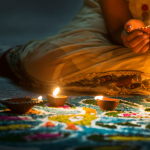
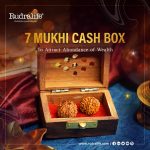

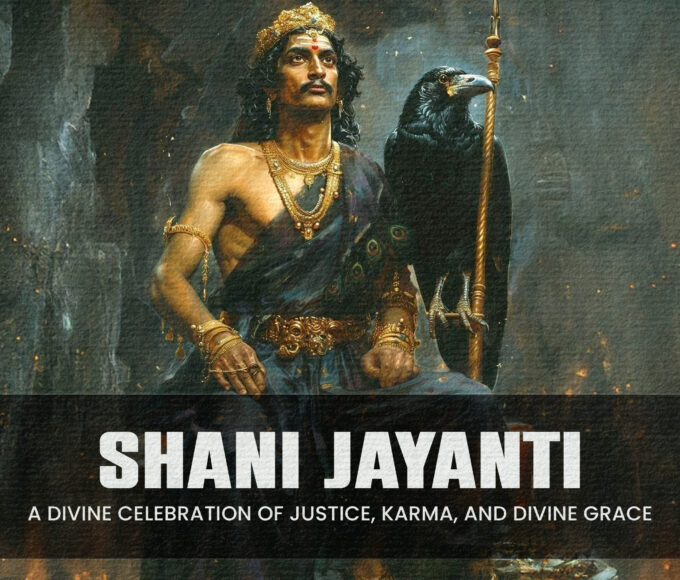



Leave a comment